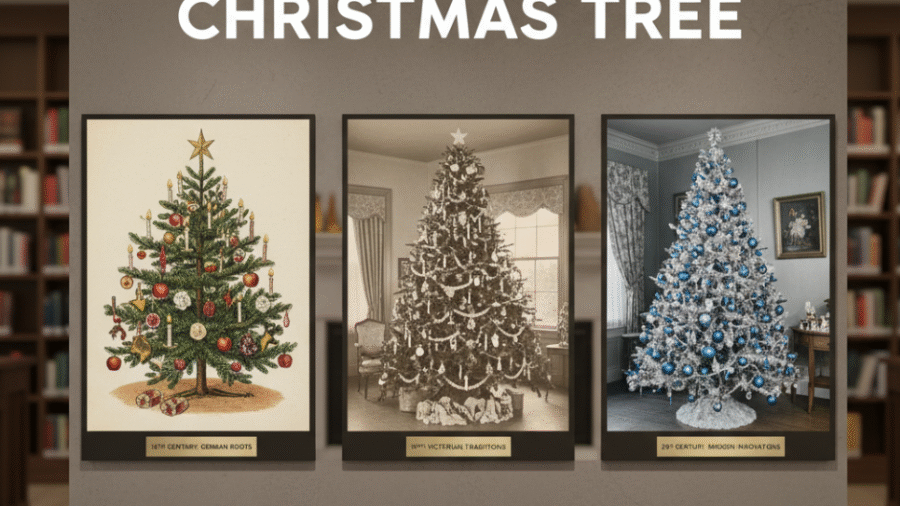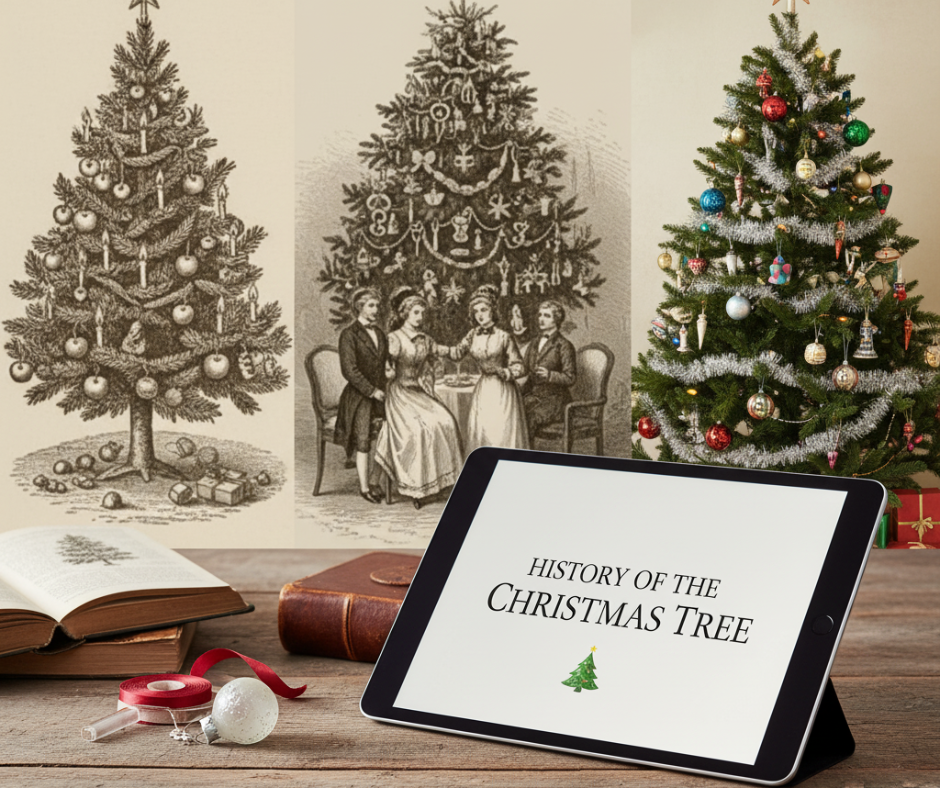The Christmas tree is one of the most enduring and beloved symbols of the holiday season. Its evergreen branches adorned with lights and ornaments have become synonymous with Christmas celebrations around the world. But where did this tradition come from? What is the history of the Christmas tree, and how did it evolve into the festive centerpiece it is today?
This comprehensive article traces the history of the Christmas tree, exploring its ancient roots, religious transformations, and cultural adoption across continents, revealing how this simple tree became a universal emblem of Christmas joy.
Ancient Evergreen Traditions: The Roots of the Christmas Tree
Long before it became a Christian symbol, the use of evergreen plants during winter celebrations dates back thousands of years across various cultures:
Pagan Origins
-
Winter Solstice Celebrations: Many ancient cultures, including the Egyptians, Romans, Druids, and Vikings, celebrated the winter solstice with evergreen branches symbolizing life’s continuation amid winter’s bleakness.
-
Evergreen Boughs: Decorating homes with fir, holly, pine, and other evergreens was believed to ward off evil spirits, bring fertility, and ensure renewal with the returning sun.
-
Roman Festival Saturnalia: Occurring in mid-December, this popular festival involved decorating homes with greenery as part of widespread feasting and celebration.
These practices laid the symbolic foundation for later Christian adaptations.
Medieval Christian Adaptation
-
Paradise Trees: In 15th-century Germany, during the feast of Adam and Eve (celebrated on December 24), a “paradise tree” was decorated with apples representing the Garden of Eden. This was likely a precursor to the modern Christmas tree.
-
Lit Candles: Historical records suggest that using candles to adorn trees began in the 17th century in German Protestant areas to symbolize “Christ as the light of the world.”
The Christmas Tree Tradition Emerges in Germany
The 16th century is generally considered the birth of the decorated Christmas tree as a specific custom in Germany.
-
Families brought fir trees into their homes and decorated them with apples, nuts, and later wafers, sweets, and candles.
-
Martin Luther, the Protestant reformer, is often credited (though the story is debated) with adding lit candles to a tree to replicate the starry night that inspired him.
By the 18th and 19th centuries, this custom spread throughout German-speaking regions, becoming a popular and cherished family tradition.
Spread to Other Countries
United Kingdom
-
The Christmas tree tradition was popularized in Britain largely by Queen Victoria and Prince Albert in the mid-19th century.
-
Illustrated publications of the royal family with a decorated Christmas tree circulated widely, inspiring middle-class British households to adopt the custom.
United States
-
German immigrants brought the tradition to America in the 1700s, but it did not become mainstream until the 19th century.
-
By the late 1800s, decorating Christmas trees was common across the United States.
Evolution of Decorations
-
Early decorations included edible items like fruits and nuts.
-
Glass ornaments and tinsel emerged in the 19th century, elevating tree decoration artistry.
-
Electric Christmas lights were introduced in the early 20th century, initially by Thomas Edison’s team, revolutionizing tree lighting and safety.
-
Modern decorations vary widely, incorporating cultural motifs, lights, garlands, ribbons, and themed ornaments.
Christmas Tree Symbolism
The Christmas tree symbolizes:
-
Eternal Life and Hope: As an evergreen, it remains green year-round, symbolizing life’s persistence.
-
Light and Salvation: Lights and candles represent Christ as a spiritual light.
-
Joy and Community: Decorating and gathering around the tree fosters unity and festive spirit.
Today’s Global Christmas Tree Tradition
-
Public tree lightings, such as the Rockefeller Center Christmas Tree in New York, have become major cultural events.
-
Christmas trees are embrace worldwide, including in countries without historic Christian majorities, symbolizing universal themes of joy and hope.
Read More: Is a Real Christmas Tree Good or Bad? Environmental, Health, and Practical Perspectives
Conclusion
The Christmas tree’s history spans ancient pagan customs, medieval Christian re-interpretations, and modern cultural adaptations. It tells a story of human creativity, faith, and community evolving across centuries. Today, the Christmas tree remains a powerful symbol of holiday celebration, bringing light, life, and joy to millions each year.



Add a Comment